
This is what Yonge and Bloor looked like from 1924 to 2015
Yonge and Bloor is an intersection well-known in the city, as it is home to not only the busiest TTC station, but acts as one of the main crossroads of Toronto.
Now home to soaring condos and upscale shopping, Bloor-Yonge has a storied history. As new developments transform the historic square, we'll have to collectively wait for Yonge and Bloor's next transformation, but in the meantime, let's look back at the seemingly ever-changing intersection.
Here's a history of Yonge and Bloor in Toronto.
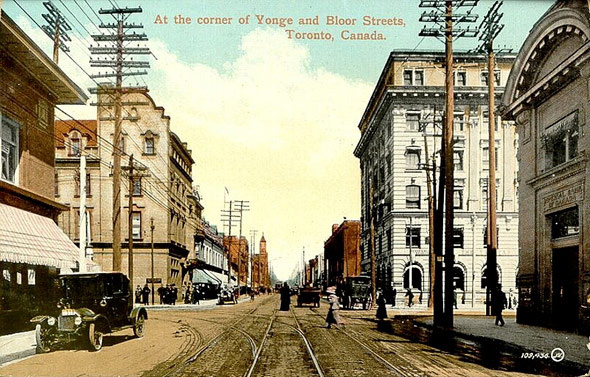
A postcard from the 1920s. Image from the Wikimedia Commons.
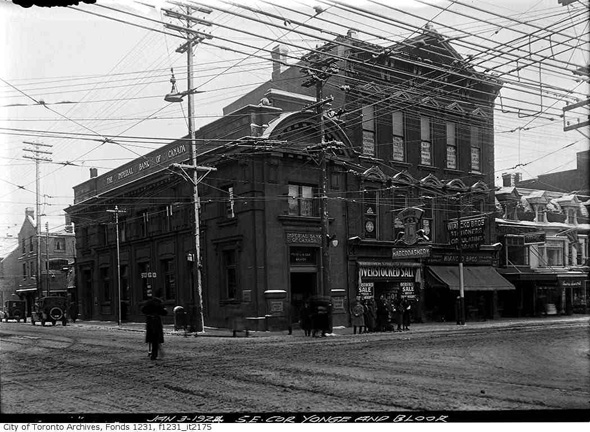
The southeast corner. Photo from the Toronto Archives.
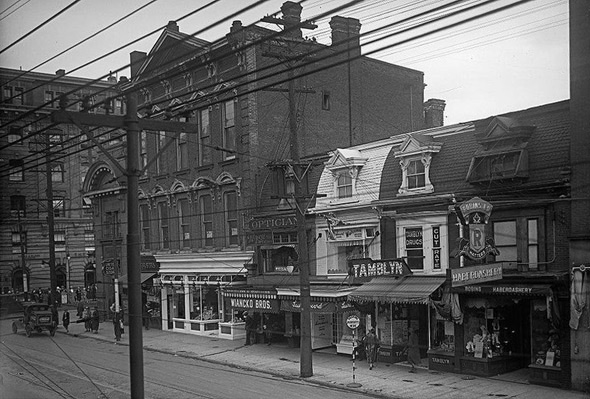
Shops with signs, in the 1920s. Photo from the Toronto Archives.
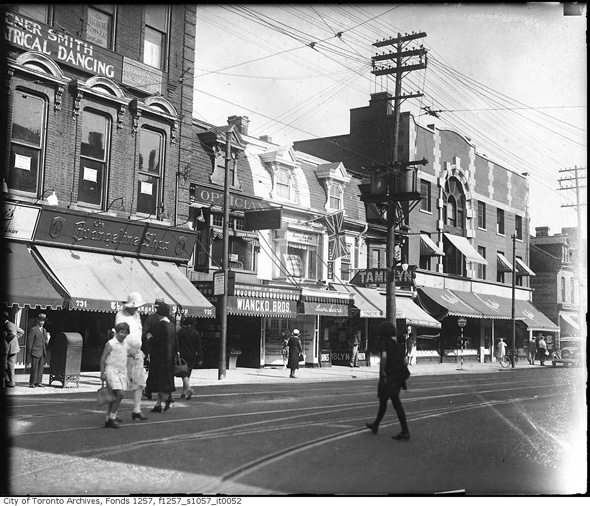
Shoppers crossing in the 1930s. Photo from the Toronto Archives.
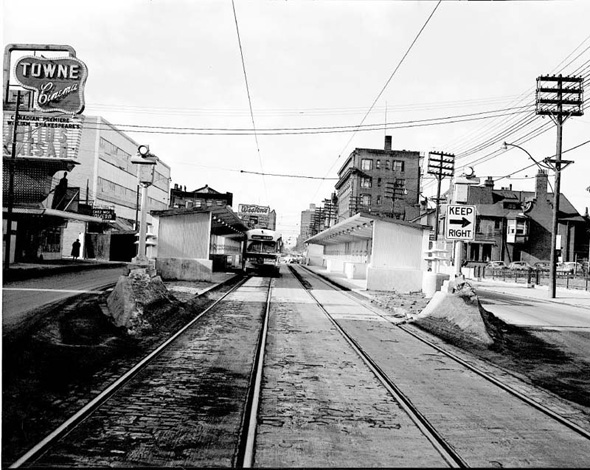
Streetcar tracks in the 1950s. Photo from the Toronto Archives.
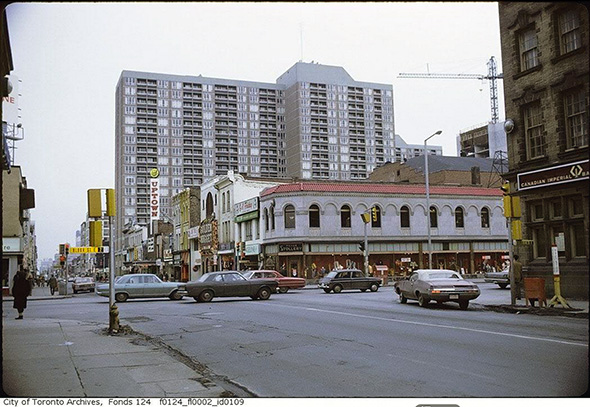
Taller buildings start to rise in the area, in this image of Stollerys from the 1970s. Photo from the Toronto Archives.
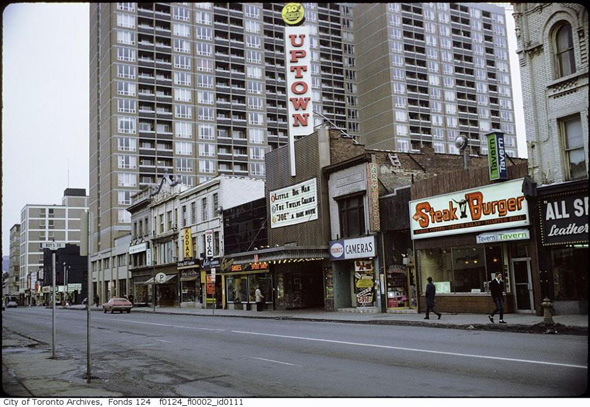
Shops and theatres dotted the streets of the intersection for many decades, including these in the 1970s. Photo from the Toronto Archives.
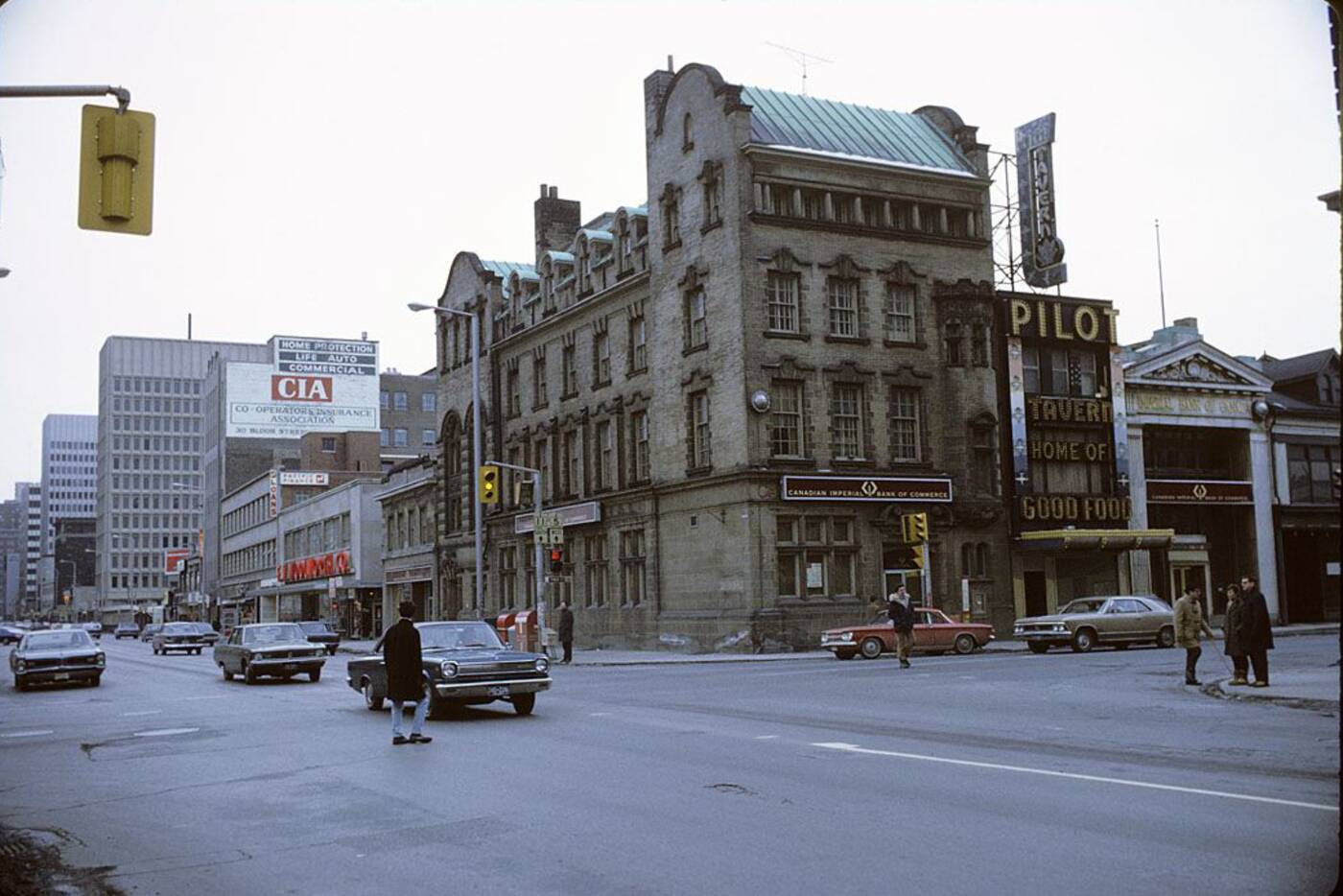
The northwest corner, 1971. Photo from the Toronto Archives.
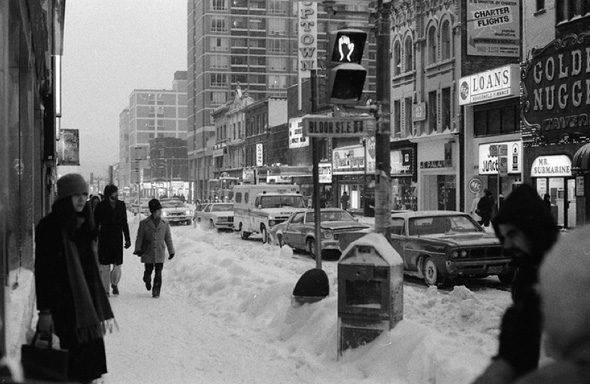
A snowy scene following a storm, looking south on Yonge in the 70s. Photo by citatus.
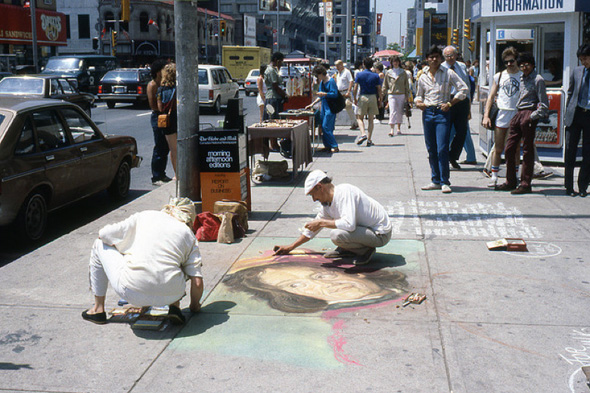
Chalk artists spruce up the sidewalk, 1984. Photo by mcwidi_2.
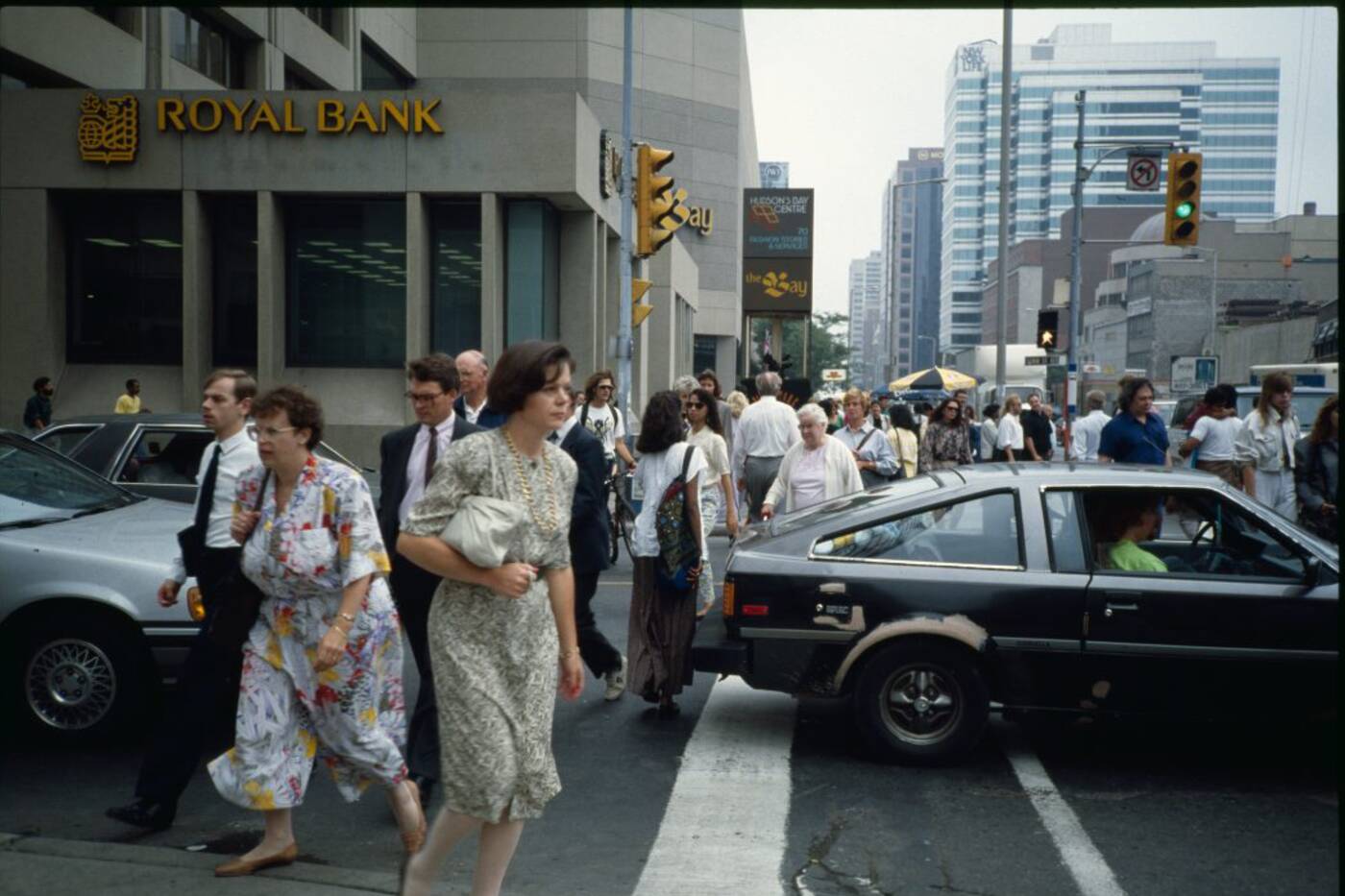
Pedestrians cross between cars, late 1980s. Photo from the Toronto Archives.
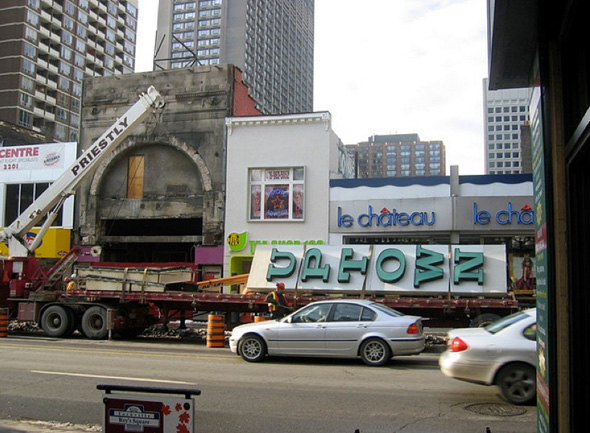
The UPTOWN sign being removed, 2000s. Photo by TOrebelXTguy.
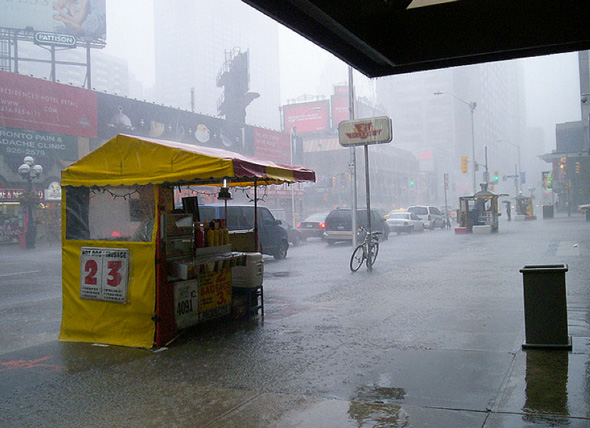
A hot dog vendor in the rain, 2000s. Photo by caughtonfilm.
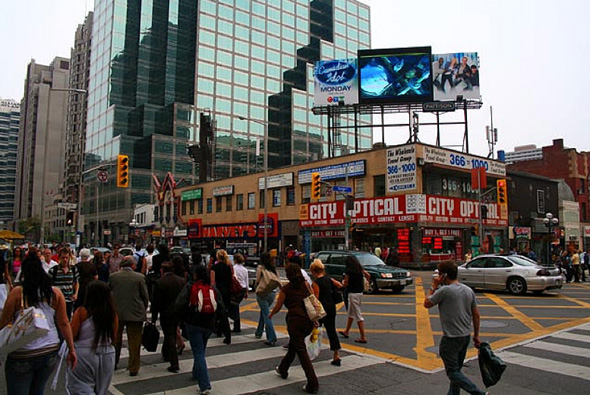
The intersection, with people crossing before the scramble was added. Photo by inventor_77.
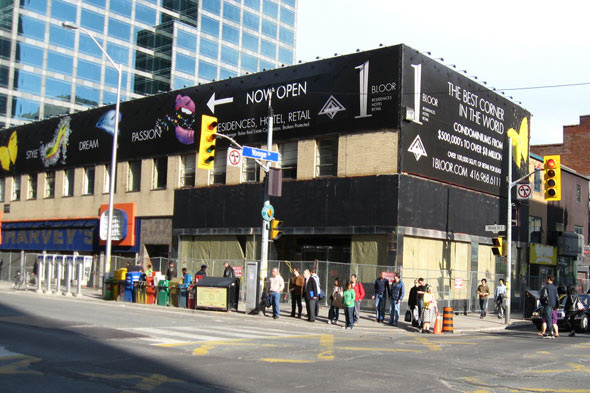
An old Harvey's sign is seen missing as the intersection undergoes a transformation. Photo by Derek Flack.
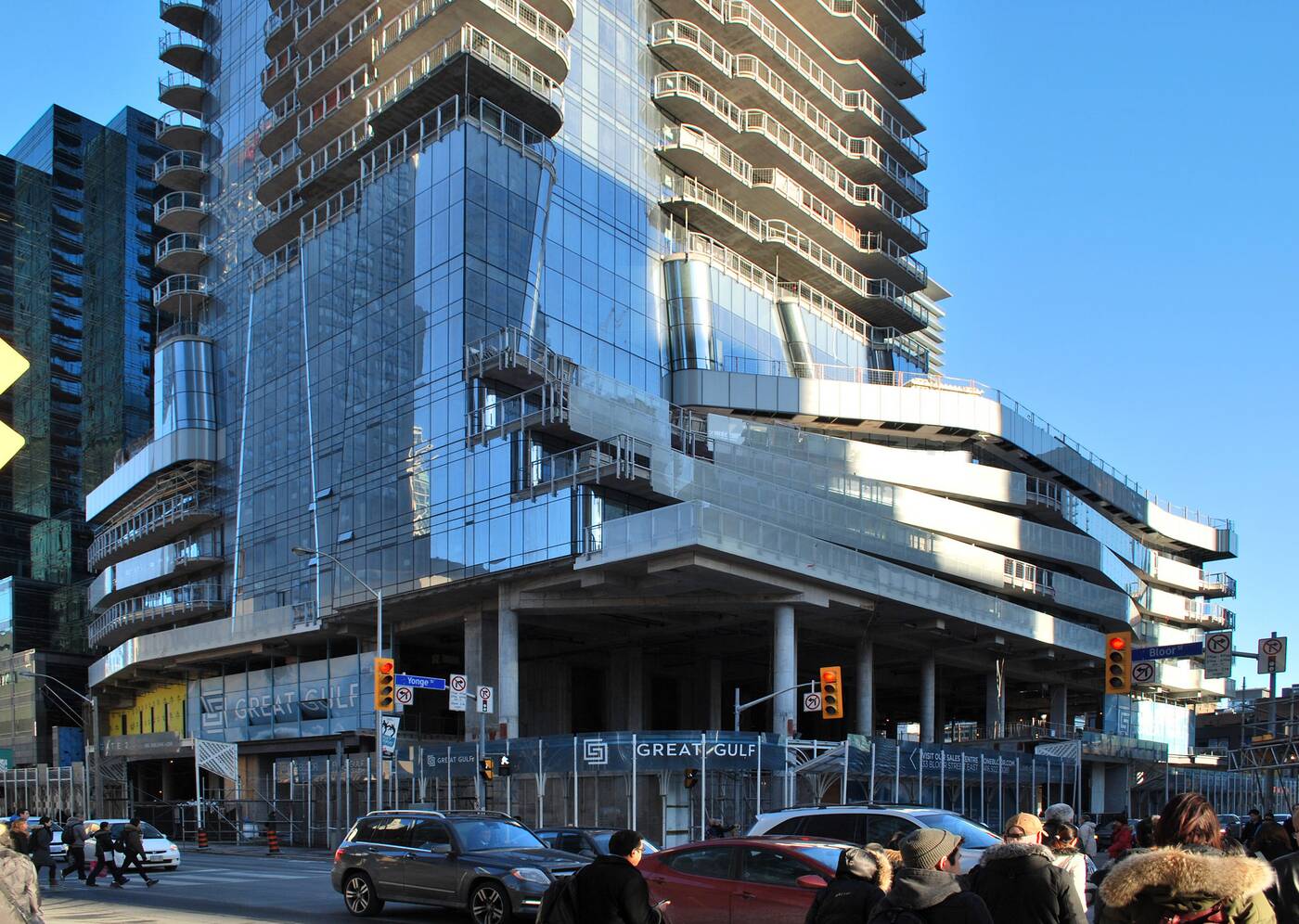
Construction on the lower floors of the now-built One Bloor East, 2015. Photo by Marcanadian.
The Toronto Archives. Written by Derek Flack.
Latest Videos
Latest Videos
Join the conversation Load comments







